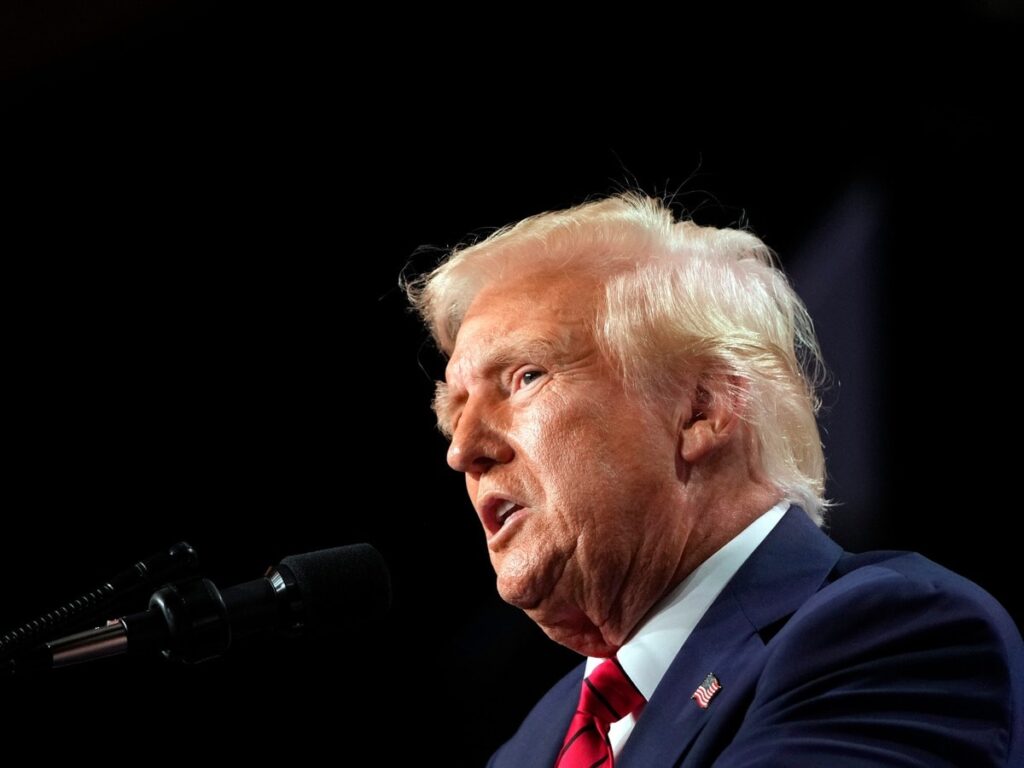The trade relationship between the United States and China has always been a focal point of global business dynamics. As soon as Donald Trump took office as President, his administration’s approach to tariffs and trade negotiations introduced significant changes that greatly affected international commerce. This article explores the implications of the US-China trade deal, the various tariffs implemented, and the consequences for both countries and the global market.
Background of the US-China Trade Relationship
The US-China trade relationship has evolved over several decades, characterized by periods of cooperation and tension. Both economies are among the largest in the world, making their interactions critical to global trade.
Historical Context
- Pre-2000s: China joins the World Trade Organization (WTO), leading to increased trade flows.
- 2001-2016: Rapid economic growth in China and substantial imports by the US.
- 2016 Onwards: Rising tensions marked by accusations of unfair trading practices and intellectual property theft.
Trump’s Tariff Strategy
Donald Trump introduced a series of tariffs aimed at addressing trade imbalances and protecting American manufacturing jobs. However, these tariffs had widespread repercussions that reverberated through the global economy.
Key Tariff Implementations
| Year | Tariff Rate (%) | Targeted Goods |
|---|---|---|
| 2018 | 25% | Steel and Aluminum |
| 2019 | 15% | $300 billion worth of Chinese goods |
| 2020 | 7.5% | Phase One deal products |
Economic Impact of the Trade Deal
The trade deal between the US and China aimed to foster a more balanced trade environment. However, the implications of the tariffs and trade negotiations were complex and far-reaching.
Effects on the US Economy
- Manufacturing Sector: Some sectors saw temporary boosts, while others faced challenges due to increased production costs.
- Consumer Prices: Tariffs led to higher prices for certain goods, impacting consumer spending.
- Job Market: Some jobs were created in protected industries, while others were lost in sectors reliant on imported components.
Effects on the Chinese Economy
- Export Decline: China experienced a drop in exports to the US, affecting numerous industries.
- Economic Growth: Slower growth rates as a direct consequence of trade tensions and reduced demand.
- Innovation and Technology: Increased focus on domestic innovation in response to restrictions on technology imports.
Conclusion
The US-China trade deal and the subsequent tariffs instituted by the Trump administration significantly altered the landscape of global trade. While intended to protect American interests, these measures led to both immediate and long-term ramifications not only for the two nations involved but for the entire global economy. Moving forward, the focus will likely shift towards finding a more sustainable and mutually beneficial trade framework that encourages fair practices while fostering international cooperation.
